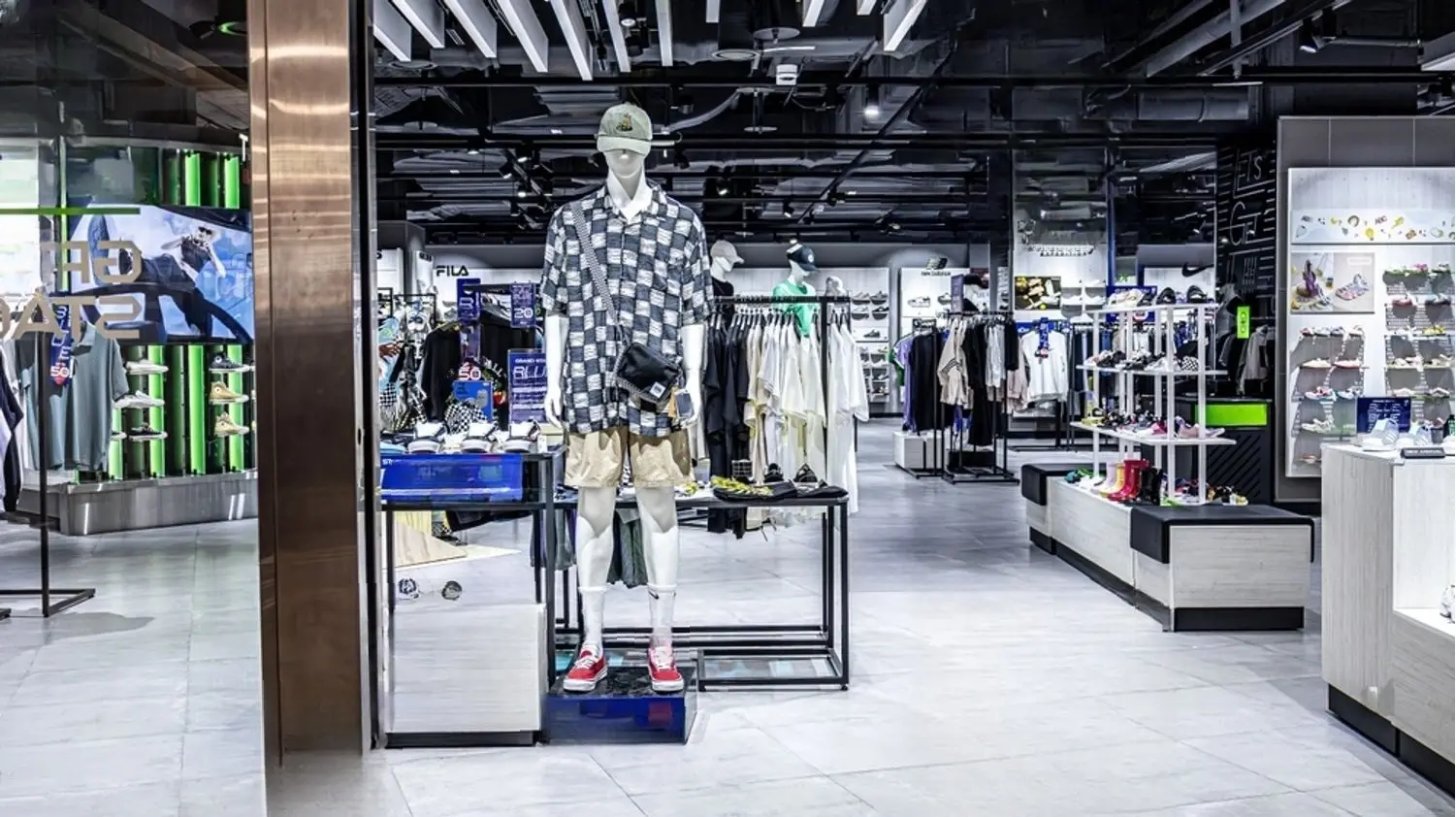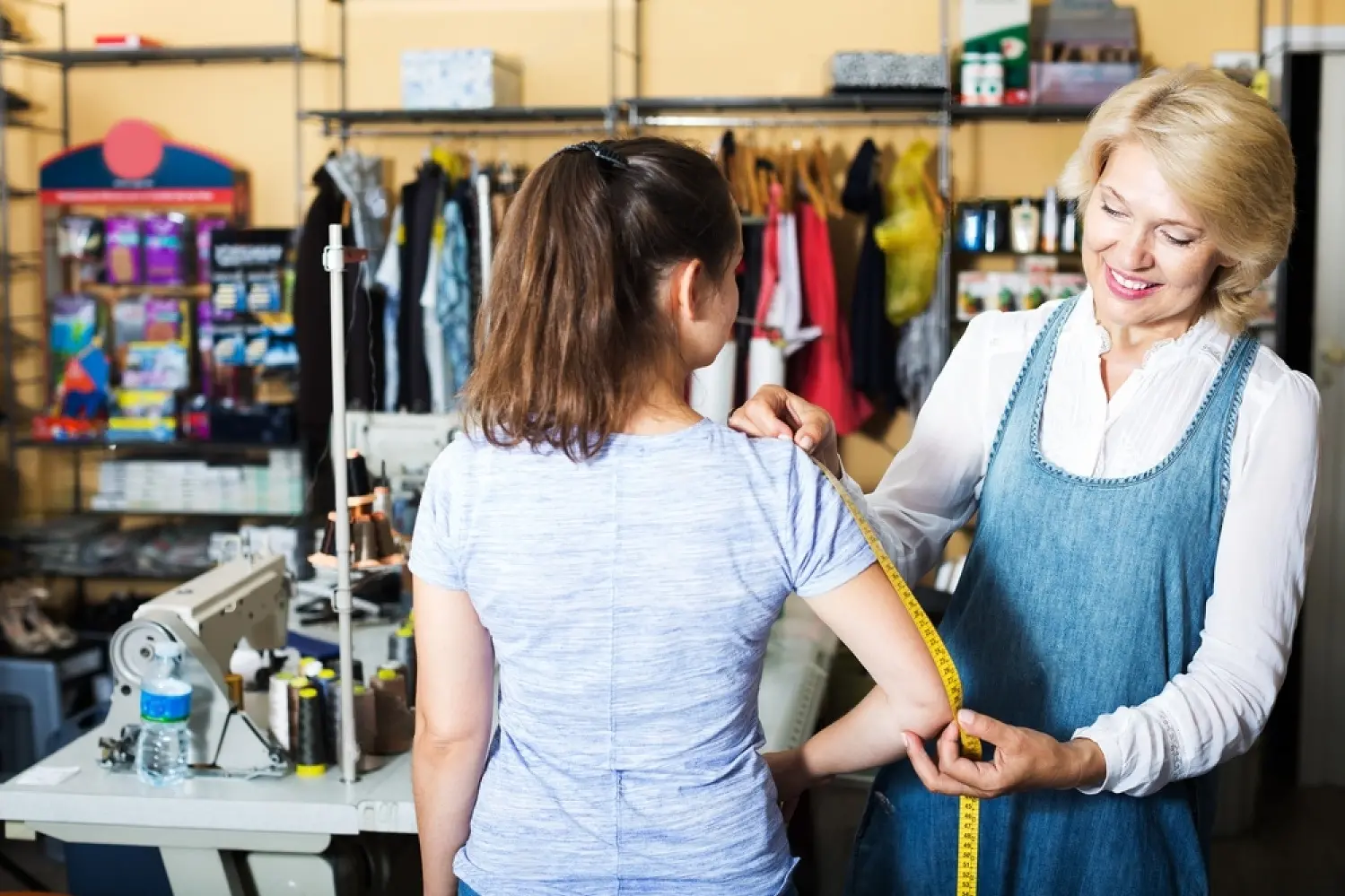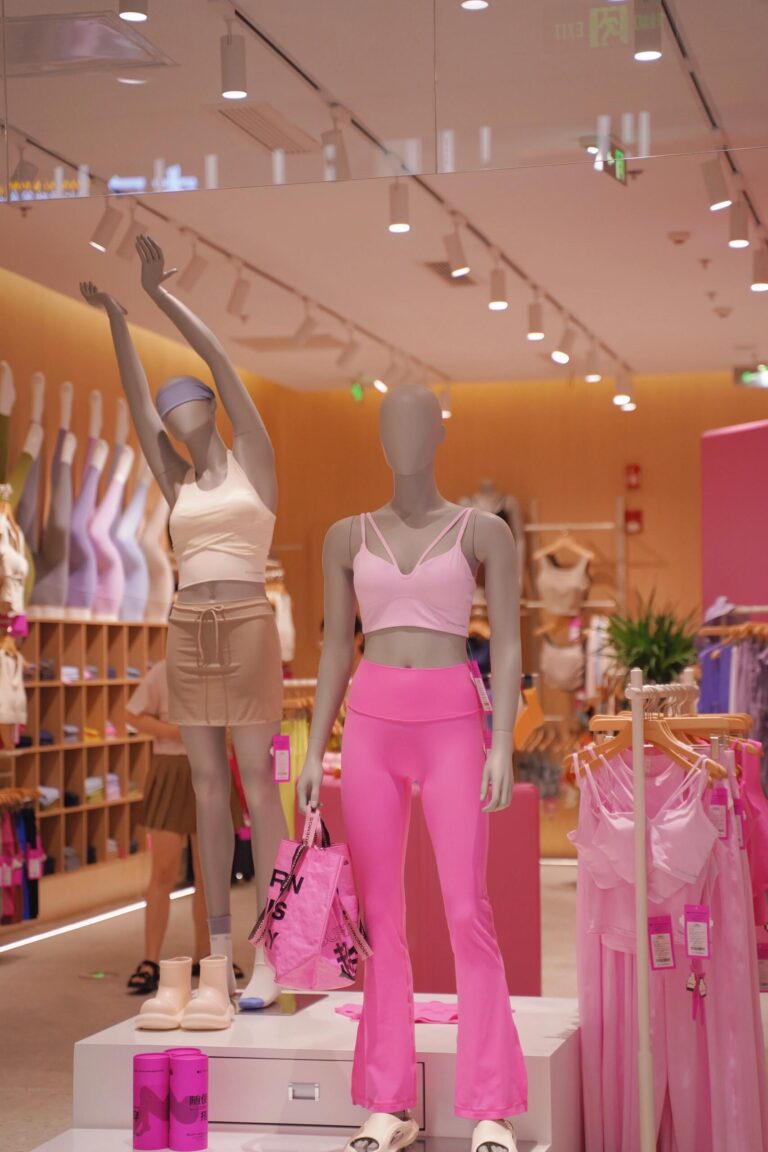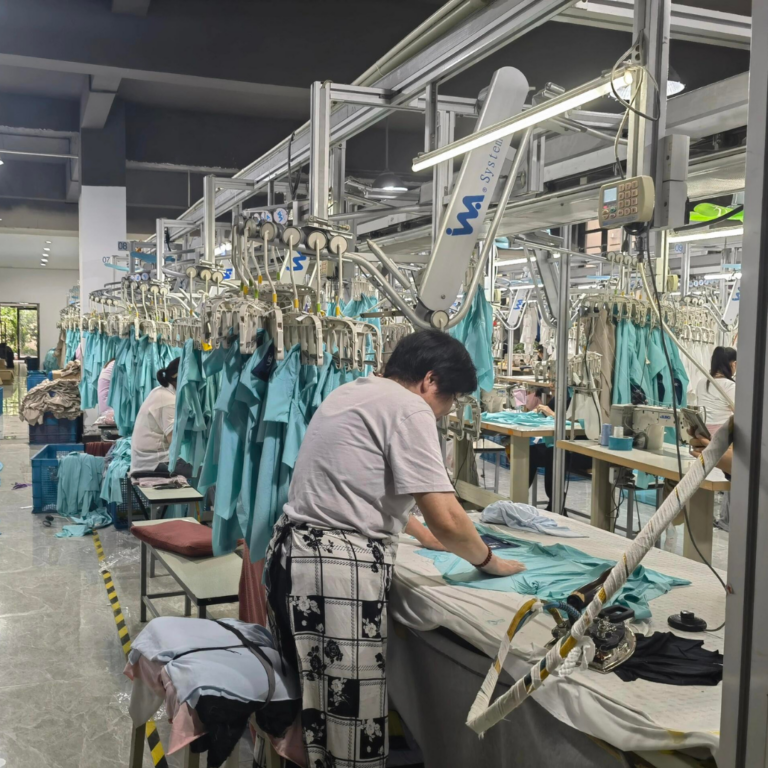Athletic Wear Trends 2023: What’s New and What’s Next
The world of athletic wear is constantly evolving, with 2023 shaping up to be a year of innovative designs, sustainable practices, and advanced technology. In this article, we delve into the latest trends in the athletic wear industry, examining what’s new and what’s next. From custom sportswear to eco-friendly fabrics, these trends are not just fleeting fashions but signals of a significant shift in how we view and wear athletic apparel.
Embracing Eco-Friendly Materials
One of the most significant trends in 2023 is the increasing use of eco-friendly materials in athletic wear. Consumers are more environmentally conscious than ever, leading brands to explore sustainable options. Materials like recycled polyester, organic cotton, and biodegradable fabrics are becoming commonplace. According to a report by the Sustainable Apparel Coalition, there’s been a 10% increase in the use of sustainable materials in sportswear compared to 2021.
High-Performance Fabrics
The demand for high-performance fabrics in athletic wear continues to grow. These materials, known for their moisture-wicking properties, breathability, and durability, are essential for enhancing athletic performance. Research from the Textile Institute indicates that the performance fabric market is expected to grow by 8% annually, driven by advancements in fabric technology.
Customization and Personalization
Custom sportswear is another key trend. From custom soccer jerseys to personalized yoga apparel, consumers want attire that reflects their personal style and meets their specific needs. This trend is particularly noticeable in team sports, where custom uniforms are integral to team identity. A survey by the Sports & Fitness Industry Association showed that custom sportswear has seen a 15% increase in demand since 2022.
Bold Patterns and Vibrant Colors
2023 is seeing a shift towards bold patterns and vibrant colors in athletic wear. Moving away from traditional monochromes, these lively designs reflect a more playful and expressive approach to sportswear. A report by the Global Fashion Agenda highlighted a 20% rise in the use of vibrant colors in sportswear collections this year.
Versatility and Cross-Functional Wear
Versatility is key in 2023. Athletic wear is no longer just for the gym or sports field. Consumers are seeking apparel that can transition from workout sessions to casual outings. Cross-functional wear, which blends style with functionality, is on the rise. A study by the International Fashion Association revealed that 35% of consumers prefer athletic wear that can be worn in various settings.
Focus on Wellness and Mental Health
There’s a growing emphasis on wellness and mental health in the athletic wear industry. This trend is about creating apparel that not only supports physical activity but also contributes to overall wellbeing. Mindful designs, calming colors, and comfortable fits are becoming more prominent. A recent survey by the World Health Organization showed a 25% increase in the preference for wellness-oriented sportswear.
Technology Integration
Finally, the integration of technology in athletic wear is a trend that’s gaining momentum. Smart fabrics, wearables, and interactive features are being incorporated into sportswear. These innovations provide athletes with valuable data on their performance and health metrics. According to a report by TechSci Research, the smart athletic wear market is projected to grow by 30% by the end of 2023.
The Rise of Inclusive Sizing
Another significant trend in 2023 is the focus on inclusive sizing in athletic wear. The industry is moving away from a one-size-fits-all approach, recognizing the importance of catering to a diverse range of body types. This shift is not just about size inclusivity but also about providing functional and fashionable options for all. A recent study by the Fashion Retail Academy showed that 40% of consumers are more likely to purchase from brands that offer a wide range of sizes.
Tech-Infused Fabrics for Enhanced Performance
Tech-infused fabrics are revolutionizing athletic wear in 2023. These fabrics are designed with advanced features such as temperature regulation, UV protection, and even odor control. This technological advancement is not just about comfort; it’s about enhancing athletic performance and extending the life of the garment. The Global Sports Innovation Center reported that tech-infused athletic wear has seen a 25% increase in market share this year.
The Shift to Smart Accessories
Alongside apparel, there’s a growing trend in smart accessories, such as fitness trackers, smart watches, and integrated wearable technology. These accessories complement the athletic wear by providing additional functionality, like tracking health metrics and workout efficiency. According to a market analysis by Forbes, the wearable fitness technology sector is expected to grow by 20% in 2023, showcasing the increasing demand for integrated fitness solutions.
Blending Fashion and Functionality
The lines between fashion and functionality are blurring in athletic wear. 2023 sees more brands collaborating with fashion designers to create sportswear that’s not only performance-driven but also style-focused. This trend caters to consumers who seek athletic apparel that aligns with their personal style, making it suitable for various occasions. Vogue’s annual report on fashion trends highlighted that 30% of the new athletic wear lines launched this year have a strong fashion influence.
Sustainable Practices in Manufacturing
Sustainability is not just about the materials used; it’s also about the manufacturing processes. In 2023, there’s a heightened focus on reducing the carbon footprint of producing athletic wear. This involves using renewable energy sources, minimizing waste, and ethical labor practices. The Ethical Fashion Forum revealed that companies adopting sustainable manufacturing practices have seen a 15% increase in consumer trust.
The Emergence of Localized Production
Lastly, there’s a growing trend towards localized production in the athletic wear industry. This shift is driven by the desire to reduce environmental impact, ensure quality control, and support local economies. Localized production also allows for faster response to market trends and consumer needs. A report by the World Trade Organization noted that localized production in the apparel industry has increased by 20% in the last year.
Conclusion
The athletic wear trends of 2023 are a blend of style, functionality, and sustainability. As consumers become more conscious of their health and the environment, the industry is responding with innovative solutions. These trends are not just shaping the current landscape of athletic wear but are also setting the stage for the future. As a manufacturer or retailer in this space, staying abreast of these trends is crucial for meeting the evolving needs of your customers.
Remember, the key to capitalizing on these trends is not just in adopting them but in understanding how they align with your brand values and customer expectations. Whether it’s through eco-friendly practices, embracing technology, or offering personalized options, there are numerous ways to stay relevant and appealing in this dynamic market.



